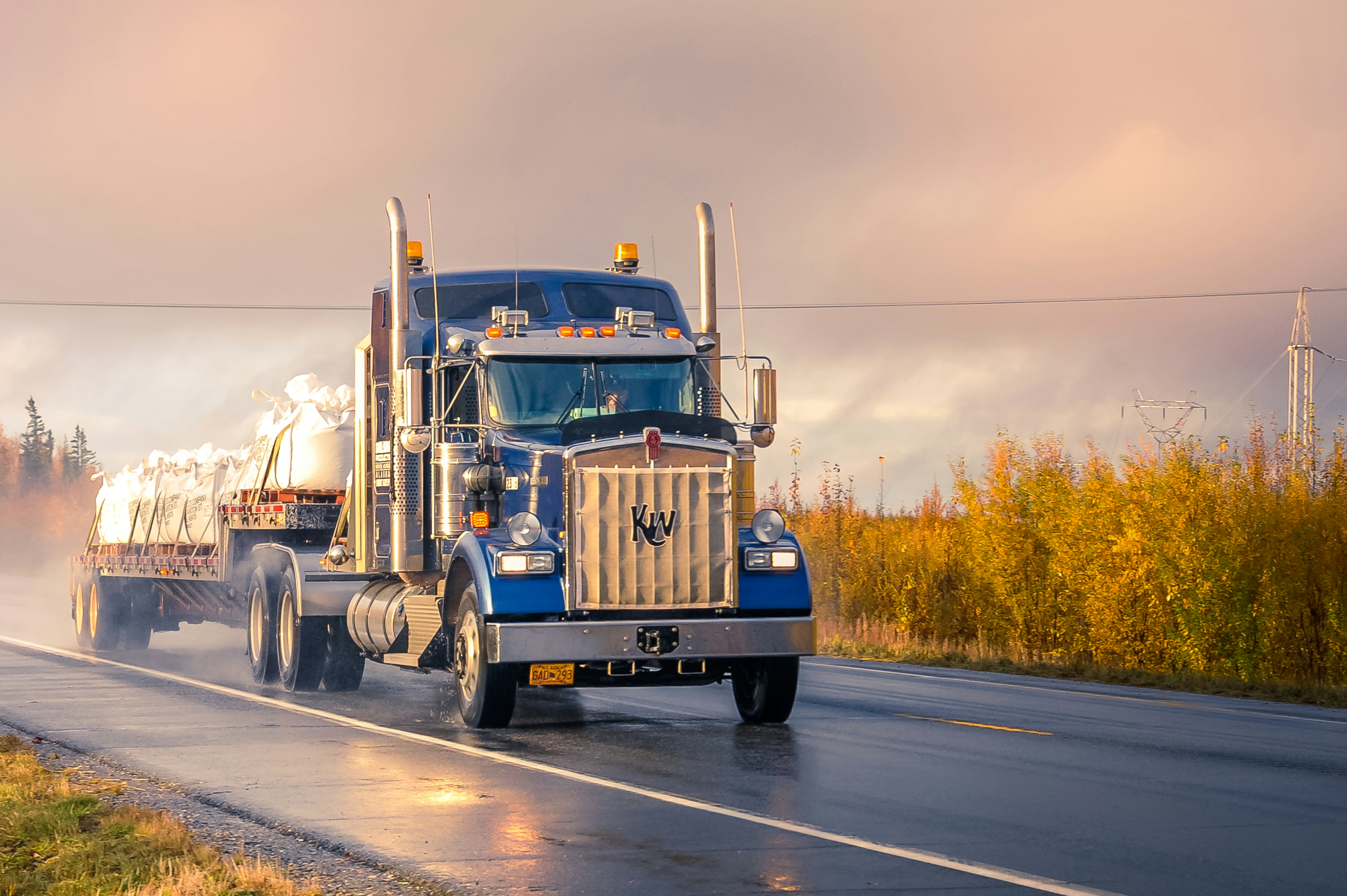Click here to get this post in PDF
If you are considering making the transition from professional truck driver to owner-operator now could be the right time to get started. When you consider the statistics from the American Trucking Associations showing 70 percent of all freight being transported by trucks in the US, and that the industry is expected to grow by 27 percent over the next decade, fleet gps management might be for you. These statistics also translate to approximately $700 billion in shipped goods annually. With an ongoing driver shortage, rising freight demand, and increased rates across the US there is potential for you to become very successful.
The shipping and transportation industry is highly competitive as they use truck tracking tool and has great opportunities for professional truck drivers that understand the trade. It is also worth noting that 91 percent of trucking fleet operators manage six or fewer trucks. This means that the industry is dominated by small carriers like yourself. If you are uncertain about where to begin, let’s take a look at how to start your own trucking fleet.
Make a business plan.

You’ll want to start your new trucking company with an organized plan and clear goals. A business plan will serve as your roadmap to success. Bear in mind that it will be an evolving plan and will likely be refined as your business grows. A business plan will help you get organized, set goals, and layout the framework for your business. Writing one might not seem like an important step when starting such a big business, but it will help have a clear direction and keep you focused on your path to success.
Fund your business.

To start a trucking business or trucking company, you can usually expect to need an initial investment of somewhere between $10,000 and $30,000. This should generally be enough to pay for the costs of insurance, vehicle down payments, permits, and a variety of state-specific expenses. While there are many ways to finance your new trucking business, such as using a home equity credit line, acquiring a bank loan, selling properties, or using your savings, a personal loan may be one of the best options.
Your creditworthiness will be one of the linchpins in the process of becoming a borrower, so if you want a lower interest rate or lower monthly payments, you should take a minute to get your credit score in good shape first. Your credit history can have a big impact on the interest rate of your personal loan, depending on the lender, but even with a less than ideal credit history, you can still obtain a low-interest loan product that will help get your fleet on the road without taking on hefty monthly payments. Personal loans Oregon can help provide you with a loan amount that will allow you to fund your new business and buy or lease the right equipment. To reduce your initial overhead, you may also approach lenders who can provide you with essential assets.
Get the necessary licenses and safety equipment.
To become a legally operating business, you will need to follow all of your local and state guidelines. If you know the trucking industry you know that you will have to comply with all of the transportation and safety guidelines set forth by various departments and agencies. In addition to having a valid commercial driver license, owner-operators must also fulfill several different requirements prescribed by the FMCSA. This includes obtaining a United States Department of Transportation Number, a Motor Carrier Number, International Fuel Tax Agreement stickers, and an International Registration Plan. Be sure that you consult all of the appropriate offices to comply with all of the legal requirements.
As per the electronic logging device mandate in December of 2017, carriers are required to install devices in all trucks to monitor driver behavior. Big road ELD can help outfit your trucks with quality devices that will make your fleet eld compliant and safe. To legally operate your fleet, you will need this ELD installed in every truck for ELD compliance.
If you’re looking for an ELD device that can serve as both a fleet management tool and as a safety app, the BigRoad mobile app will provide you with both support and updated information about your fleet. Safety is one of the most important things for owner-operators of every trucking fleet. If you get big enough to hire a safety manager, they can make sure that your electronic logbook in every truck is working properly so that you will be compliant will all safety and ELD regulations.
Hire and retain great drivers.
Once you have secured the right equipment, permits, and safety requirements, recruiting and retaining good drivers will be your most important task. The success of your trucking fleet will be dependent on your drivers and their abilities. A solid driver retention strategy begins with a good recruitment process. Pre-employment screenings and checks will help ensure that you hire the best people who will be dependable.
For driver retention, you can use bonuses and incentives but you can also focus on driver happiness and fulfillment. When offering performance-based rewards, use the ELD and driver safety score information to reward drivers with performance, safety, and efficiency. Hiring the best drivers and keeping them driving for you will play a key role in the growth of your trucking company.
Stay in compliance.
Owning and operating a trucking industry business means staying up to date with filing requirements, license and permit renewals, and safety regulations. Failure to keep up with these requirements can result in significant penalties, unexpected expenses or surprises, and other unpleasant consequences. You will want to be sure that you stay organized and on top of these important details that will keep your company running smoothly. Morris, King & Hodge, P.C. warn of accidents caused by overworked drivers and the importance of getting enough rest.
Starting your own trucking fleet can seem overwhelming at first. If you do your research and follow through with all requirements and regulations, you could be the owner of a very successful trucking business.
You may also like: How to Start a Trucking Company
Image source: Unsplash.com
